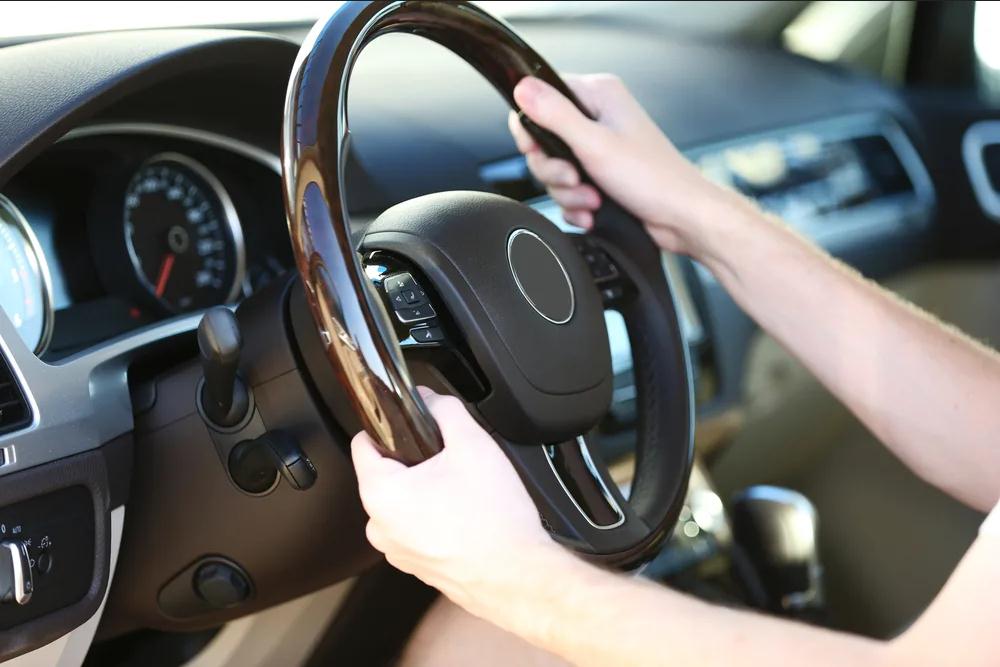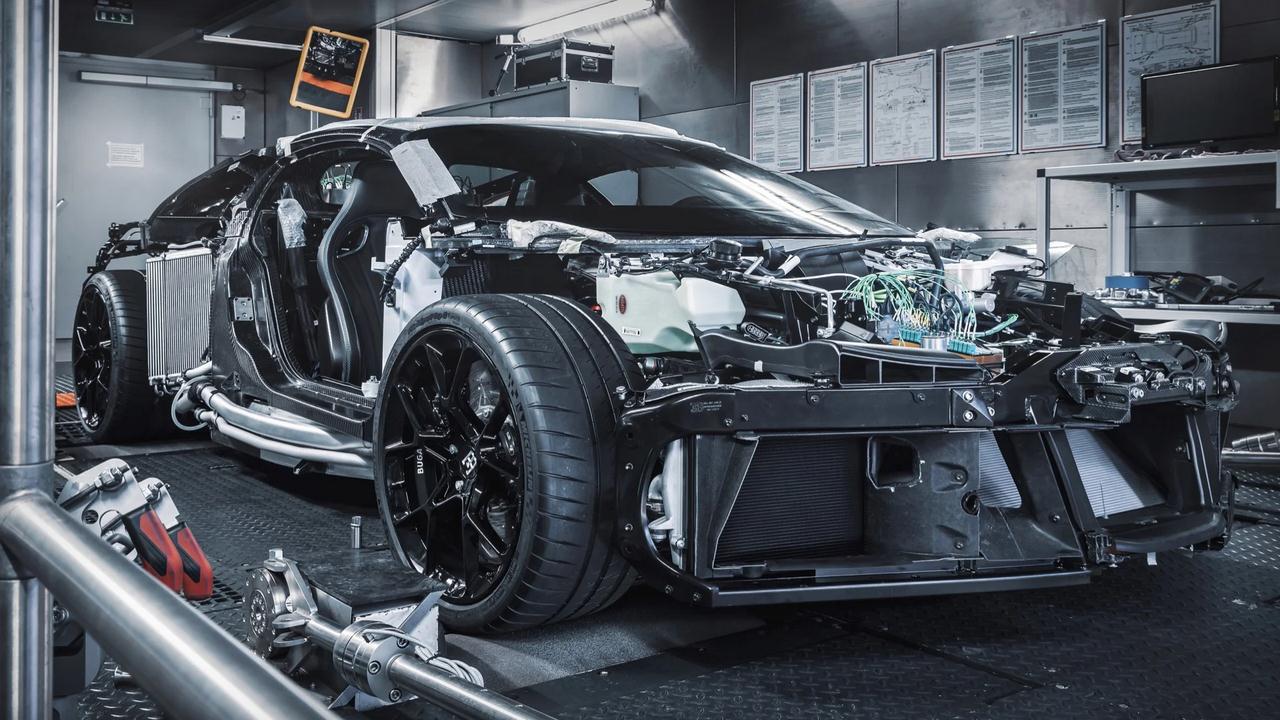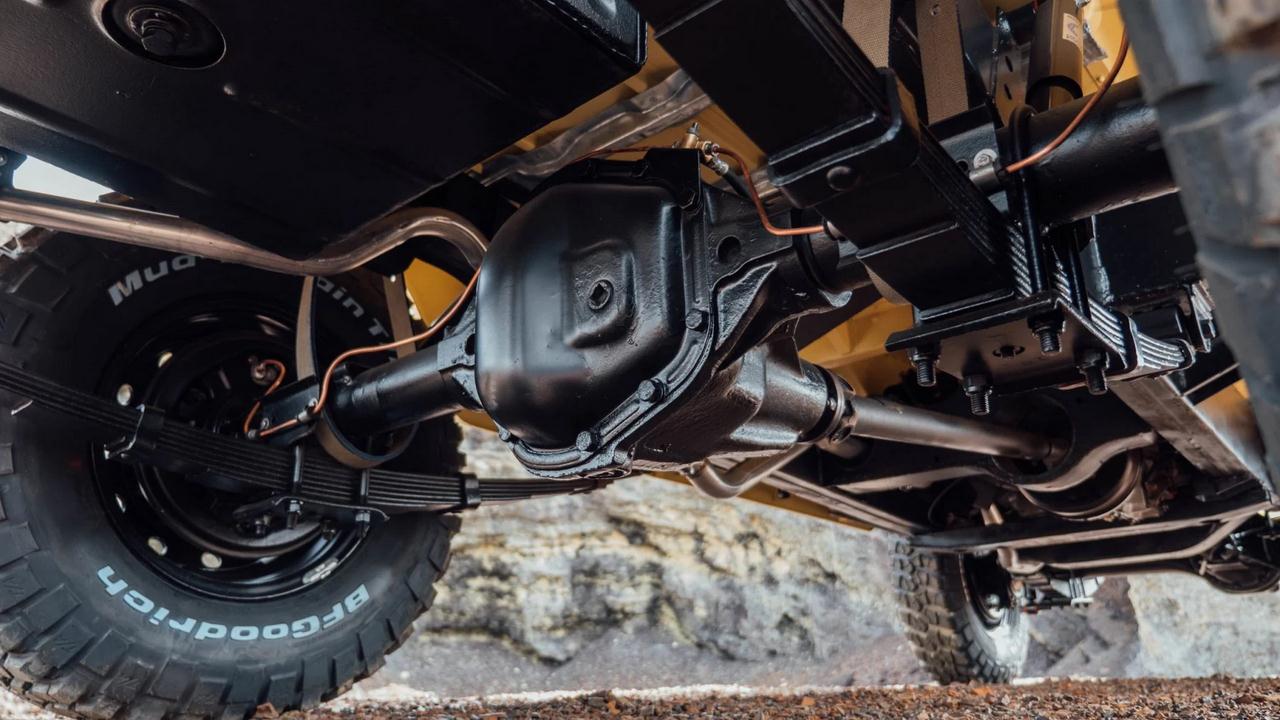The power steering system is a system designed to provide assistance in the form of pressure towards the steering rack so that the steering wheel control process can be lighter. This is quite important, especially in large vehicles, if it is not equipped with power steering, it will really drain the driver’s energy. Steering wheel control is also unresponsive because it takes a long time to change the direction of the wheel. So the power steering system also affects vehicle safety.
Previously, the steering system only used a recirculating ball model which would reduce steering wheel rotation to produce a large twisting moment. However, this method is also not very effective because to turn the wheel we need to turn the steer 3 to 4 times.
The other type, namely the rack and pinion type, has a smaller steering rotation so that a maximum of 2 turns of the wheel is stuck. However, without power steering, it feels like this system will be quite energy consuming.
In the power steering system that we will discuss, there are at least three types of power models.
- Hydraulic type,
- Electric type and
- Hybrid type.
For more details, please see the following types and types of power steering;
- Hydrolic Power Steering
As the name suggests, this type of hydraulic power steering uses fluid as a power delivery medium. Meanwhile, the power is generated from engine rotation. The way it works, when the steering wheel is turned there will be a series of valves that will open the hydraulic flow from the pump to the steer rack. Because the engine is in the running position, engine rotation will increase the hydraulic pressure distributed to the steer rack. In the steering rack, this fluid drives the steering direction.
The components of the hydraulic power steering system are as follows
- The power pump’s function is to convert some of the engine’s energy into hydraulic pressure
- The steering rack is a series of gears that has a fluid space to provide power assist.
- Pinion and vane, are gears that are connected to the steering wheel shaft and regulate the direction of fluid flow based on the direction of rotation of the steering wheel.
- Fluid, as a pressure delivery medium from the pump. The fluid used generally uses ATF (automatic transmission fluid) or automatic transmission fluid.
- Reservoir functions to accommodate fluid reserves from within the system.
The weakness of this system is that it uses engine power, so if the engine breaks down, the steering will feel very heavy. Apart from that, the engine power is also not optimal because it is equipped with a power steer pump.
- Elektrik Power Steering
As the name suggests, this type of power steering no longer uses fluid pressure but instead uses electric power. How it works, there is a steering direction sensor which can also detect the twisting moment of the steering wheel. This sensor becomes a reference for the steer motor to rotate the steer rack. The location of the motor is linked to the steering rack so that as soon as the steering signal is present, the motor works immediately.
The components in the electronic power steering system are
- The steering rack is a series of gears that extends between the left and right tie rods which is also used as a place for power assist.
- The steering motor is located on the steering rack, this component functions to provide rotational power to lighten the driving load.
- Steering and torque sensor, a sensor that will detect the direction and moment of steering. This sensor can accurately detect how fast the driver is turning the steering wheel.
- EPS Module, an electronic circuit to determine motor performance based on sensor data.
- Electric current, this component is very important because it functions as a source of driving power for the EPS.
The advantage of this electric power steering system is that it does not burden the engine, so the engine will have maximum power to move the powertrain, making it more powerful and more economical. Steering control can also vary, this is because the electric motor’s power is not fixed. This is influenced by the torque sensor readings on the steering column
However, the electric power steering system is more vulnerable, especially if it hits a puddle of water. The location of the electric motor at the bottom could potentially cause problems if the cover is not tight enough. Apart from that, if the battery used fails then steering control will be very difficult.
- Hybrid Power Steering (Elektro-Hydro Power steer)
The third type is a combination of electric type and hydraulic type. On the actuator side, namely on the steering rack, the way it works is the same as a hydraulic system where a steering vane is used to determine the direction of the assist. However, hydraulic pressure does not come from the engine pump, but from the electric pump.
This means that the engine is not burdened by power steering but still uses a hydraulic system so that the steering system is more durable.
This is a complete article regarding the various types of power steering in cars, hopefully it can broaden our knowledge and be useful for all of us.











